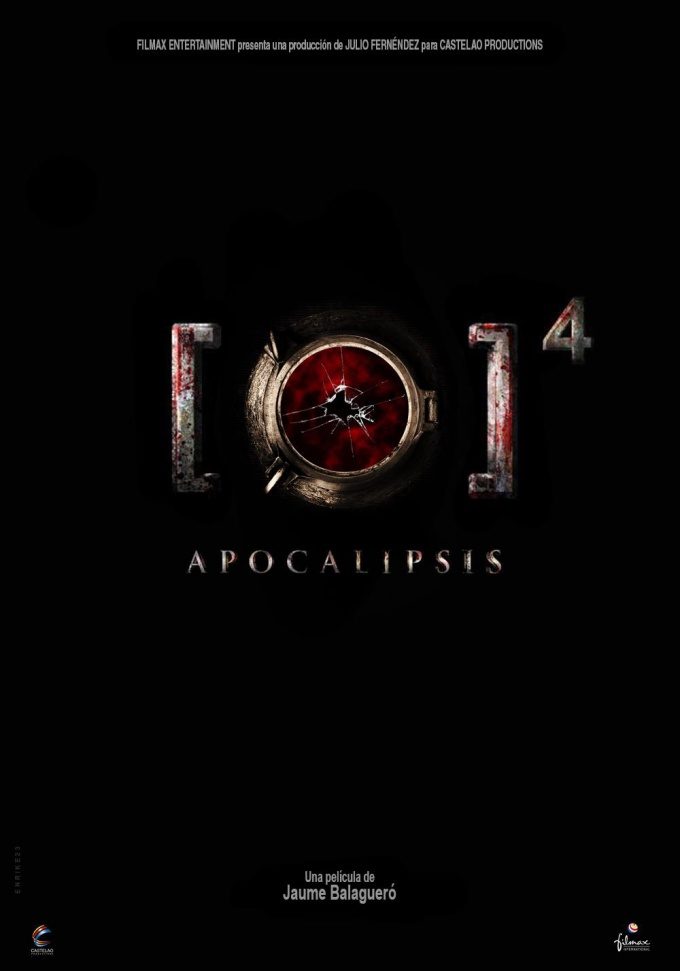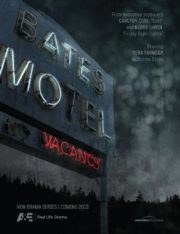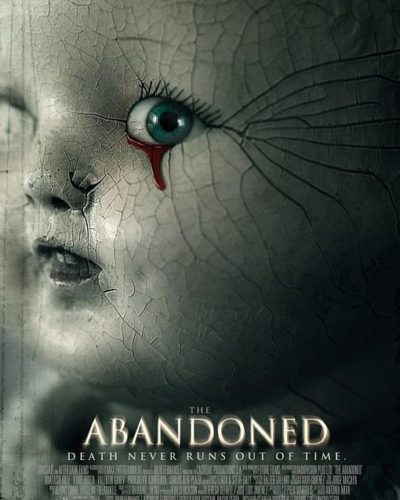The Voyage into Fear Awaits
“Sometimes, the journey can be more terrifying than the destination.” The chilling resonance of this sentiment echoes throughout the claustrophobic confines of [REC] 4: Apocalipsis. Directed by Jaume Balagueró and released in 2013, this Spanish horror film aims to conclude the nightmarish saga that began in an unassuming Barcelona building. The story brings back the intrepid reporter, Ángela Vidal, survivor of the initial outbreak, as she wakes up on a high-security quarantine ship. Unbeknownst to the survivors and soldiers onboard, the nightmare virus carries on with her, waiting to be unleashed in this horrific maritime setting.
Terror on Sea: Atmosphere Adrift?
The film endeavors to craft an atmosphere of dread through its isolated and murky ship setting. Relying on dim lighting and the narrow corridors of the vessel, there’s a palpable attempt to mirror the claustrophobia of the previous films. However, a shift from the series’ signature first-person camera work to a more traditional cinematography approach loses some of the raw urgency that defined the earlier installments.
Director Balagueró attempts to inject tension and fear using crescendos of chaos juxtaposed with ominous calm. Yet the ship’s expansive environment diffuses the fear factor, with the contained despair of the original traded in for set-pieces that sometimes muddy the waters of suspense.
Visual Shocks and Shots
The cinematography of [REC] 4 moves away from the tight, frantic shots of handheld cameras and adopts a sleeker look. The color palette remains appropriately muted and grim, cementing the ambiance of an inescapable doom. Special effects are competently utilized, especially during the gory outbreaks, but they don’t particularly innovate within the genre. That said, the film’s departure from found-footage to a more cinematic style stands out, if not altogether successfully in maintaining the series’ sense of immediate peril.
Sound Waves of Horror
Sound design in [REC] 4 deserves commendation. The use of a subdued soundtrack allows the oppressive silence of the ship to be punctuated by the jarring dissonance of the infected’s snarls and the marine creaks of the ship itself. It’s in these quieter moments that the film regains some of its atmospheric tension, although the opportunity isn’t always seized to its fullest potential.
Choreography of Chaos: Acting and Horror Mechanics
As the saga’s anchor, Manuela Velasco as Ángela delivers a formidable performance, maintaining a balance of vulnerability and grit. The characters around her, however, occasionally steer into the waters of caricature, with some performances verging on the melodramatic. Though some reactions to terror are convincing, others lack the authenticity that could have heightened the film’s suspense.
Splatter or Shatter?
[REC] 4 incorporates a blend of horror elements, tipping its hat to both supernatural and body horror traditions. The series’ prior religious undertones take a backseat as visceral carnage takes the spotlight. Blood and gore are lavishly dispensed, trading the chilling subtlety of psychological dread for more explicit shocks. While these methods will certainly jolt, it’s arguable whether they truly frighten or merely startle.
Horror with Depth or Ship Without a Sail?
The film alludes to societal themes such as trust in authority and viral contagion, but these are not explored with the nuance or depth they warrant. While the claustrophobic environment and the infectious threat feel allegorical, the potential commentary doesn’t fully crystallize, leaving more to be desired in terms of thematic exploration.
Evaluating the Terror
As a standalone horror flick, [REC] 4 offers moments of excitement and adrenaline but struggles to emit a consistent and genuine sense of fear. Die-hard series fans might appreciate the closure it provides, but it doesn’t quite live up to its innovative predecessors or offer much novelty to the seasoned horror connoisseur.
Admirers of action-infused horror will find thrills aboard this vessel, while purists of the [REC] series may yearn for the raw terror of earlier voyages. There’s enough dismemberment and suspense to entertain the casual viewer, but little in the way of groundbreaking fright to attract those seeking pioneering horror.
As for cinematic kinship, the film’s overtones might remind some of the Resident Evil series, though [REC] 4 lacks a comparable level of engrossing mythology or character intrigue.
In Conclusion: A Franchise Adrift But Not Sunk
[REC] 4 weaves a tapestry of terror that, while not threadbare, certainly doesn’t capture the essence of the original. Its strengths lie in its attempt to conclude a beloved story and its few tense moments of seafaring panic. However, its weaknesses are in its inability to harness the raw claustrophobia and unpolished horror that made the first film so impactful. It’s a voyage perhaps not suitable for every horror enthusiast, but worthwhile for those who’ve sailed with the series from the beginning. A word of caution for the faint of heart: the waters are choppy with graphic content that may unsettle.
Ultimately, [REC] 4: Apocalipsis is a moderate success. It doesn’t reach the horror heights of its forebears, but neither does it plummet to the depths of irrelevant sequels. It’s more evolution than revolution in the horror genre, a movie more fitting for a stormy night in than a journey into the annals of horror history.




